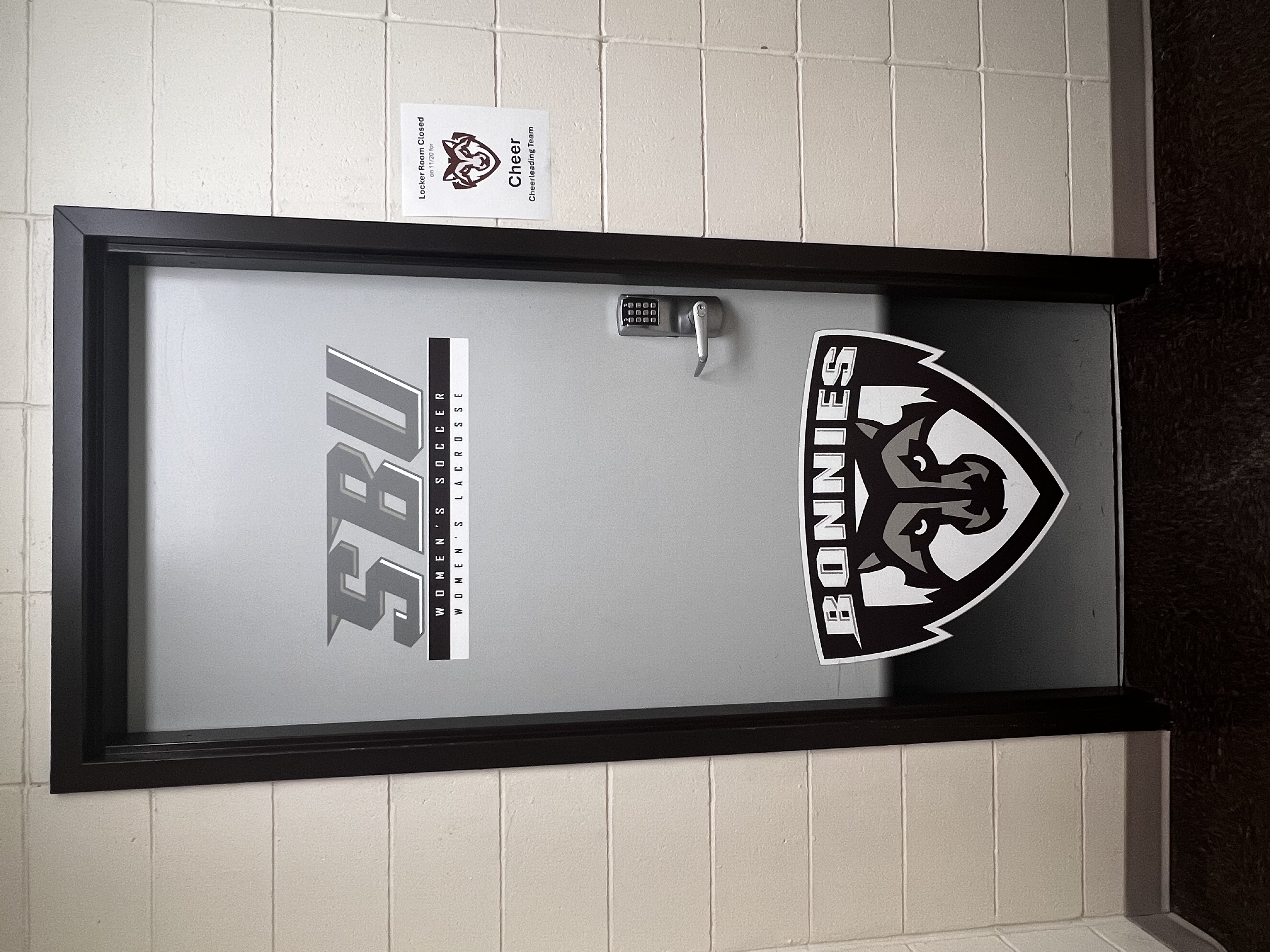Over many years, there has been discussion surrounding the oxford comma. When is it appropriate? Is it necessary? Many people don’t even think to use the oxford comma if they are aware that it exists. In the journalism world, oxford commas are frowned upon and typically not used. To some, the oxford comma needs to be present in order to differentiate what terms are being grouped together or not being grouped together at all.
Recently, employees of Oakhurst Dairy in Maine have come across a dilemma with the oxford comma—who would have guessed?
According to CNN, Oakhurst Dairy truckers’ contracts read: “the canning, processing, preserving, freezing, drying, marketing, storing, packing for shipment or distribution of agricultural produce” warranted no overtime pay. The last bit, “packing for shipment or distribution of agricultural produce” read that they wouldn’t receive overtime for packing and distribution, but they would receive overtime for doing one out of the two tasks.
Employees demanded their overtime pay for distributing the produce, under the impression that their contracts would grant the pay. After a lawyer successfully argued the stipulation truckers had with their contracts, the judge granted the back pay.
Had there been a comma after shipment there wouldn’t have been confusion and the Oakhurst Dairy Company wouldn’t have taken a financial loss. This isn’t to say that not using the oxford comma is necessarily wrong, but it does add clarity.
The lesson to be learned here is that the oxford comma offers a clear distinction between two different articles in a sentence.
Sometimes the distinction between the two articles is clear and readers can understand what they read. In the case of the truckers’ contracts, the separation between packing and distributing was not clear and caused a lot of unintended debacles for the company and the truckers themselves.
If a person wishes for there to be only one interpretation of what they’re writing, using the oxford comma is the way to do that.
oasm14@bonaventure.edu







